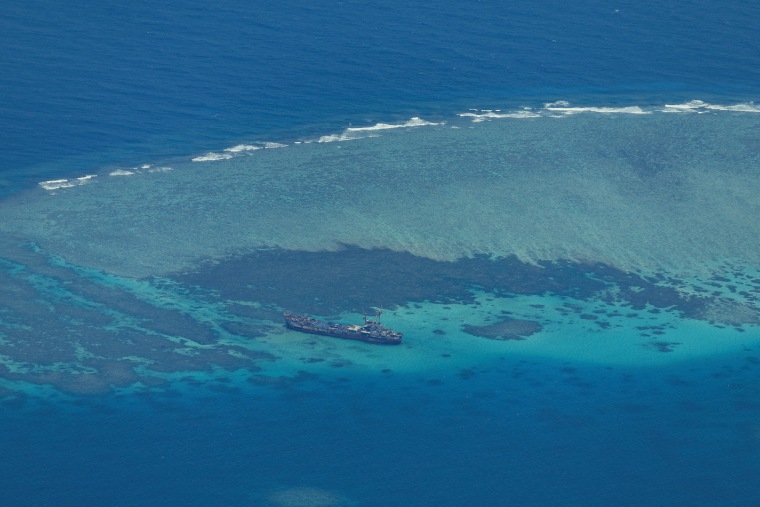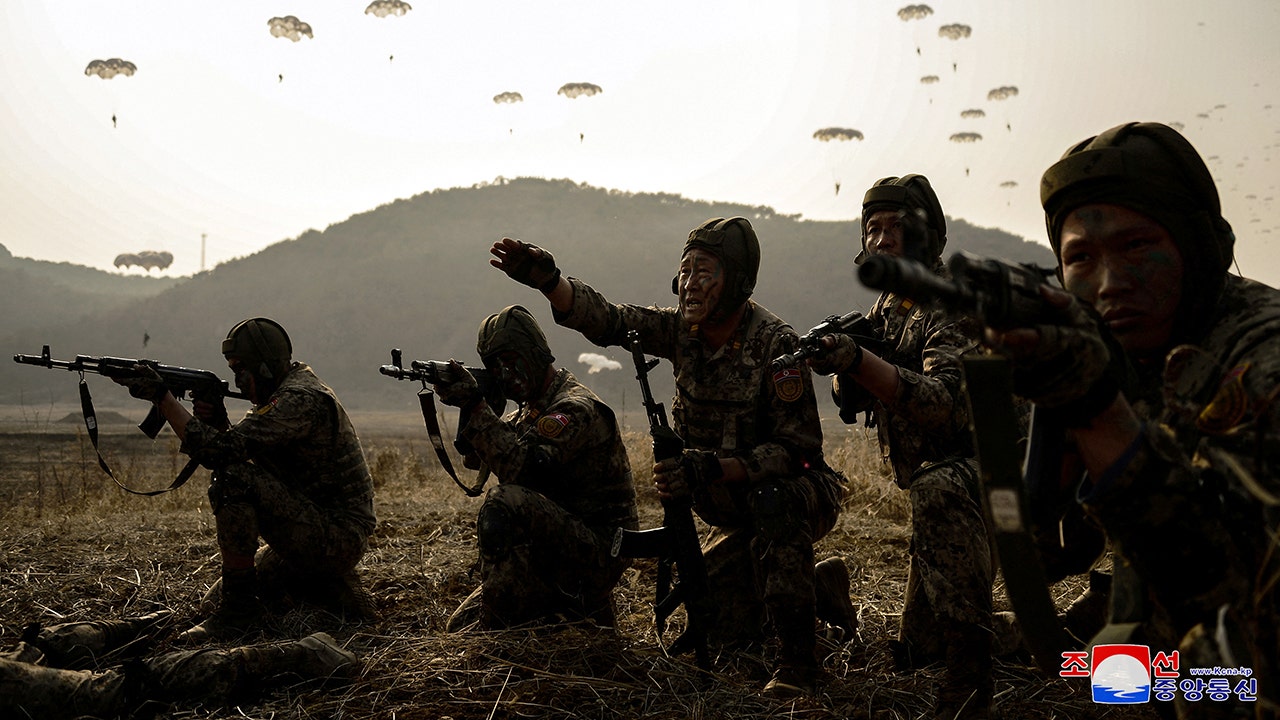World
Why the U.S. could get drawn into a conflict in the South China Sea

HONG KONG — A long-running dispute over uninhabited reefs has brought China and the Philippines into growing conflict that could draw in the United States.
Competing claims in the strategically vital South China Sea have brought a series of maritime clashes between China and the Philippines, a U.S. ally with which Washington has a mutual defense treaty, meaning an attack on the Philippines would trigger the decades-old pact for the U.S. to defend the nation.
The U.S. has condemned what it calls China’s “escalatory and irresponsible” actions and reiterated its military commitments to the Philippines, including against any attack in the South China Sea, which Beijing claims virtually in its entirety.
Gaining control of the South China Sea is about food, oil and power: an estimated one-third of global shipping passes through its waters; it is a vital fishing ground on which millions of people depend, and it contains vast oil and gas reserves beneath its seabed. Vietnam, Indonesia, Malaysia, Taiwan and Brunei also claim parts of the South China Sea.
In the most recent incident, the Philippine military said earlier this month that two Chinese air force jets had dropped flares in the path of a Philippine military transport plane conducting a routine patrol over the Scarborough Shoal in what Manila called “dangerous and provocative actions.” It was the first time the Philippines had complained about provocative actions by Chinese aircraft rather than Chinese ships since Ferdinand Marcos Jr. became president in 2022.
China countered that the Philippine plane had illegally intruded into Chinese airspace despite repeated warnings.
The U.S. and other countries have also complained about what they say are unsafe maneuvers by Chinese aircraft and vessels in the South China Sea. China accuses America of endangering Chinese national sovereignty as well as regional stability with the “close-in reconnaissance” conducted by American ships and warplanes.
The flashpoints
There are two main South China Sea flashpoints between China and the Philippines, both of which are inside the Philippines’ exclusive economic zone but which Beijing claims as its territory. The first, the Scarborough Shoal, is an atoll that is mostly underwater but is rich in fish stocks. Chinese Coast Guard and fishing boats have occupied the area for more than a decade.
The other is the Second Thomas Shoal, where China and the Philippines have been clashing over Manila’s attempts to resupply a rusty World War II-era warship that it intentionally ran aground there in 1999 to strengthen its territorial claims. The Philippines has kept a small group of sailors on the ship, the Sierra Madre, ever since.
Tensions have flared especially over the Second Thomas Shoal, where the Philippines runs regular resupply missions. While Beijing has generally refrained from interfering with shipments of humanitarian supplies for the Filipino sailors on the ship, it strongly objects to the shipment of construction materials that could fortify a vessel Beijing would rather see rust away.
Since last year, the Philippines has accused China of more forceful tactics in its efforts to block the resupply missions, including the use of water cannons and a military-grade laser.
China, meanwhile, has seen the Philippines’ behavior in the area as increasingly provocative. On June 15, new rules took effect enforcing a 2021 law that allows the Chinese Coast Guard to use lethal force against foreign ships in Beijing-claimed waters.
Two days later, eight Filipino sailors on a resupply mission to the Sierra Madre were injured — including the loss of one sailor’s thumb — in a clash between Chinese Coast Guard and Philippine vessels. The Philippine military said the Chinese Coast Guard had rammed, towed and illegally boarded two of its inflatable boats, putting lives at risk and damaging the vessels, which were carrying weapons for the sailors on the Sierra Madre in addition to food.
China said the Philippine vessels had illegally entered its waters and that its actions were reasonable and lawful.
In July, the two countries announced a provisional agreement meant to avoid similar altercations around the Second Thomas Shoal, the details of which have not been made public.
Experts say tensions have eased since that agreement, and late last month the Philippines completed its first unimpeded resupply mission to the Sierra Madre under the deal. But the underlying dispute has not been resolved, and the situation remains fragile.

International response?
Philippine Defense Secretary Gilberto Teodoro has said there is “no international support whatsoever” for the Chinese narrative. An international tribunal in The Hague said in 2016 that Beijing’s South China Sea claims were invalid, a ruling that China has never accepted.
“All they have on their side is brute force and strength and might,” Teodoro said last week.
Manila has sought greater international support for its maritime claims, deepening security ties with the U.S., Japan, Australia and others.
Last month, the U.S. pledged $500 million in military aid during a visit to Manila by Secretary of State Antony Blinken and Defense Secretary Lloyd Austin, who said the level of funding was “unprecedented” and “sends a clear message of support for the Philippines.”
Asked about it on Friday, the Chinese Defense Ministry accused the U.S. of “stirring up trouble.”
Marcos — who has moved the Philippines closer to the U.S. than his predecessor, Rodrigo Duterte, who favored China — has downplayed the idea of direct U.S. involvement in his country’s clashes with China. But a Filipino fatality could prompt him to invoke the U.S.-Philippine mutual defense pact, a scenario that both the U.S. and China would rather avoid.
Armed conflict in the region would be especially undesirable when the U.S. is already occupied by wars in Ukraine and the Middle East.
“The U.S. is overextended, and it does not want to go to war with China, especially not in the South China Sea,” said Susannah Patton, director of the Southeast Asia program at the Lowy Institute, an independent think tank based in Australia.










